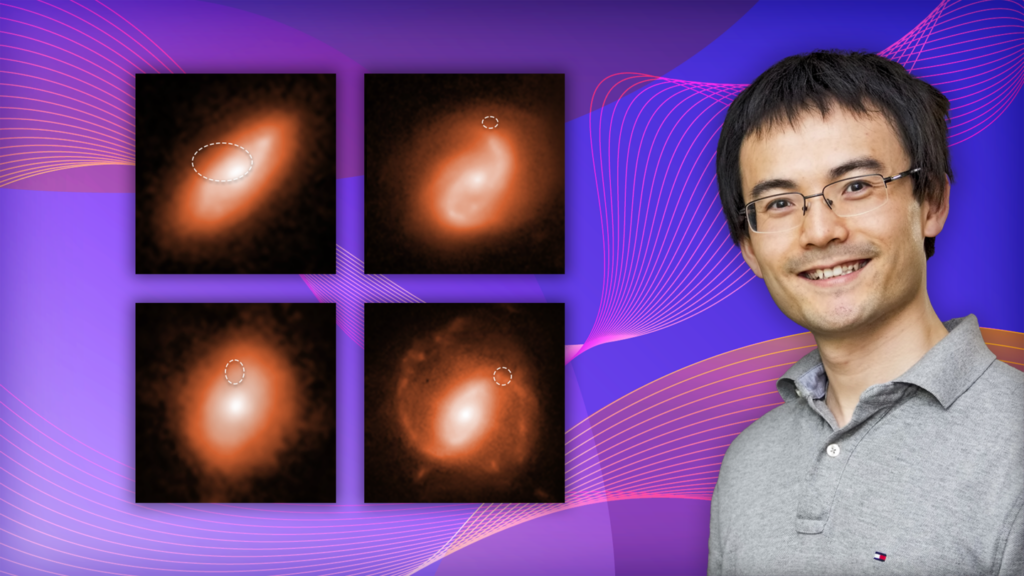
Sometimes, the work being done in labs is astounding, to say the least. And when you find out that the experiments involve high-power lasers, well, how can you resist reading more?
Scientists from Princeton University, the U.S. Department of Energy’s (DOE) Princeton Plasma Physics Laboratory (PPPL), and the SLAC National Accelerator Laboratory have found a way to simulate the high energy of a magnetar in the lab. They’re doing this to get at understanding what fast radio bursts are and how they happen. Their research was published in two journals – Physics of Plasmas and Physical Review Letters – and was led by Kenan Qu from Princeton.
Magnetars are neutron stars contained within incredibly strong magnetic fields that basically convert the vacuum of space into a strange matter-antimatter plasma, or ‘pair plasma’. This particular soup is different from the plasma of the Sun because it only has electrons and higher-mass ions, and of course, that leads to strange behavior.
Creating this particular type of plasma in the lab requires not using magnetar strength magnetic fields but rather lasers. As Qu explains: Rather than simulating a strong magnetic field, we use a strong laser. It converts energy into pair plasma.. [which] then shifts the laser pulse to a higher frequency. The exciting result demonstrates the prospects for creating and observing…pair plasma in laboratories and enabling experiments to verify theories about fast radio bursts.
Before anyone gets too excited, Qu notes: No lasers are strong enough to achieve this today, and building them could cost billions of dollars. Our approach strongly supports using an electron beam accelerator and a moderately strong laser to achieve QED pair plasma. The implication of our study is that supporting this approach could save a lot of money.
The simulation is expected to be tested at SLAC in the near future, and we look forward to hearing more about this fascinating work.
More Information
PPPL press release
“Collective plasma effects of electron–positron pairs in beam-driven QED cascades,” Kenan Qu, Sebastian Meuren, and Nathaniel J. Fisch, 2022 April 21, Physics of Plasmas
“Signature of Collective Plasma Effects in Beam-Driven QED Cascades,” Kenan Qu, Sebastian Meuren, and Nathaniel J. Fisch, 2021 August 27, Physical Review Letters




 Join the Crew!
Join the Crew!
 Escape Velocity Space News
Escape Velocity Space News
0 Comments